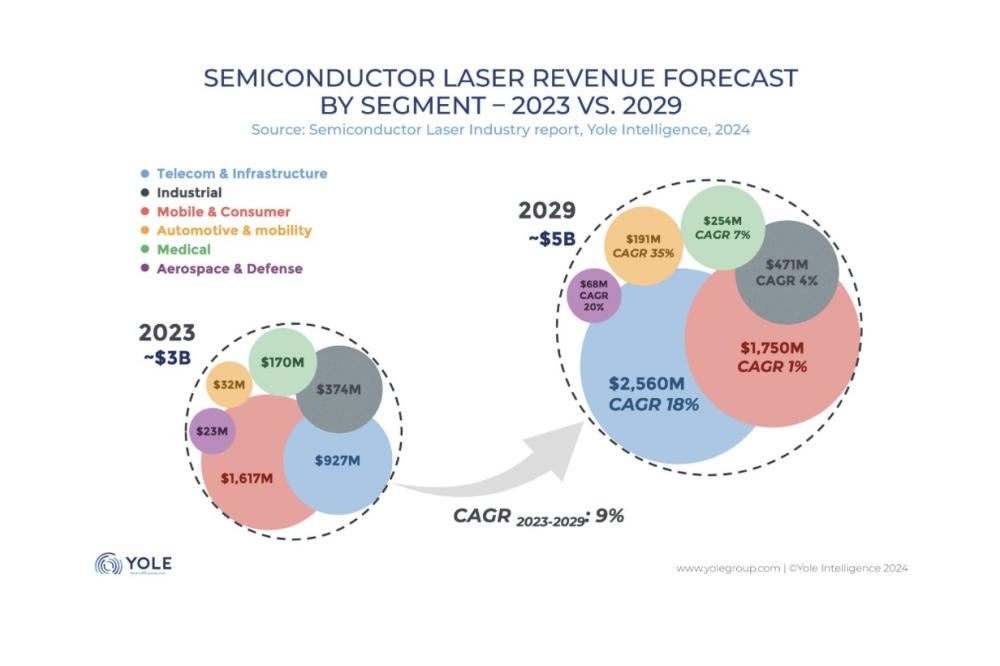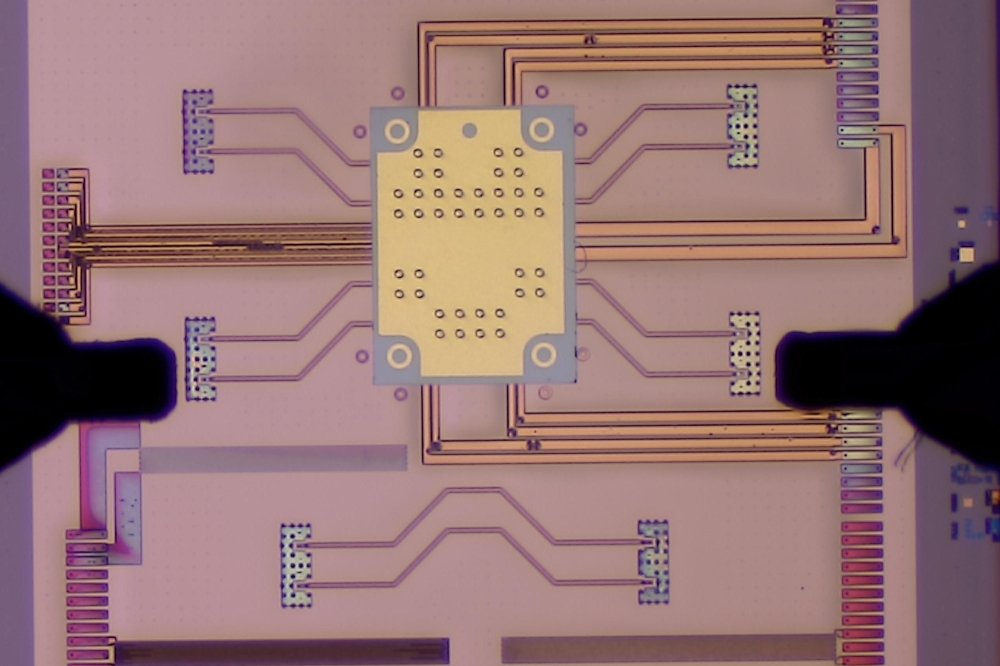Spectrolab Multi-Junction Solar Cells Power IMAGE Spacecraft
SYLMAR, Calif. Spectrolab Inc. s multi-junction solar cells are providing primary power to NASA s newest mission to explore Earth s magnetic field.
The mission, Imager for Magnetopause-to-Aurora Global Exploration (IMAGE), was launched March 25. IMAGE is a highly elliptical-orbit mission to study the global response of Earth s magnetosphere to changes in the solar wind. Lockheed Martin Missiles and Space (LMMS), which built the IMAGE observatory spacecraft under contract to Southwest Research Institute for NASA, selected Spectrolab multi-junction gallium arsenide solar cells to power the satellite s scientific instrumentation and subsystems.
With this launch, Spectrolab s total on-orbit multi-junction power experience exceeds 85,000 watts. Spectrolab was also LMMS sole choice to deliver more than 200,000 watts in solar cell power to the International Space Station and supplied the majority of solar cells to the Milstar fleet of military communications satellites.
Since the delivery of the IMAGE solar cells, Spectrolab has delivered more than 35,000 watts of triple-junction solar cells with an average efficiency of 24.5 percent to multiple flight programs.
Customers include NASA, Ball Aerospace and Hughes Space and Communications Co. Next-generation cells reaching 27 percent efficiencies have been delivered for three flight programs. The first is scheduled to launch in late summer 2000.
The recent launch of the Galaxy XI communications satellite, built by Hughes Space and Communications for PanAmSat Corp., was the latest milestone achievement for Spectrolab. Galaxy XI, the largest communications satellite deployed into space, was launched Dec. 22, 1999. It is powered with Spectrolab solar cells that will supply more than 10,000 watts for spacecraft system operations at end of life. This is the first satellite in the powerful Hughes 702 line. Spectrolab, founded in 1956, has been supplying solar cells and panels to the space industry for more than 40 years. Deployed in 1959, Explorer 6 used Spectrolab products and was the first satellite to use solar arrays.
Spectrolab has headquarters in Sylmar, a suburb of Los Angeles. It also is a leading supplier of searchlights and solar simulators. Visit the Spectrolab Web site at http://www.spectrolab.com. Hughes Electronics Corp. acquired Spectrolab in 1975. The earnings of Hughes Electronics, a unit of General Motors Corp., are used to calculate the earnings per share attributable to the General Motors Class H common stock (NYSE:GMH).
CONTACT:
Spectrolab Inc.
Diana Ball/Fran Slimmer, 310/364-6363 (Media contacts)
diana.ball@hsc.com
Mike Kalachian, 818/898-7540 (Marketing Contact)
mkalachian@spectrolab.com
Spectrolab Inc.
Diana Ball/Fran Slimmer, 310/364-6363 (Media contacts)
diana.ball@hsc.com
Mike Kalachian, 818/898-7540 (Marketing Contact)
mkalachian@spectrolab.com
E-mail: mkalachian@spectrolab.com
Web site: http://www.spectrolab.com































